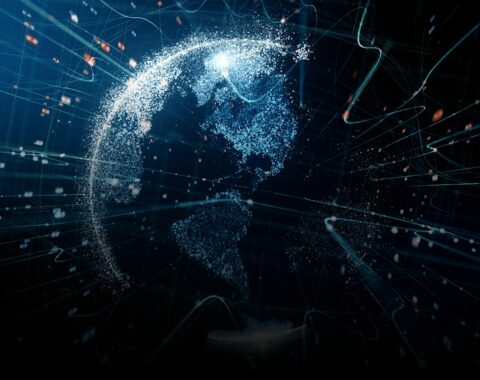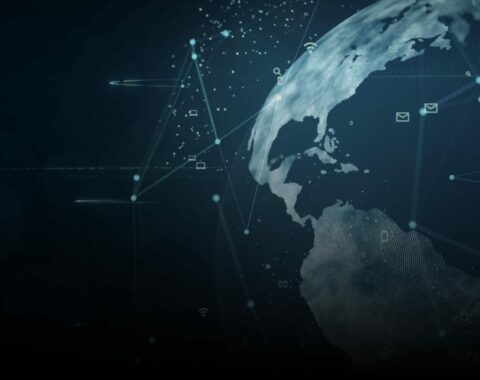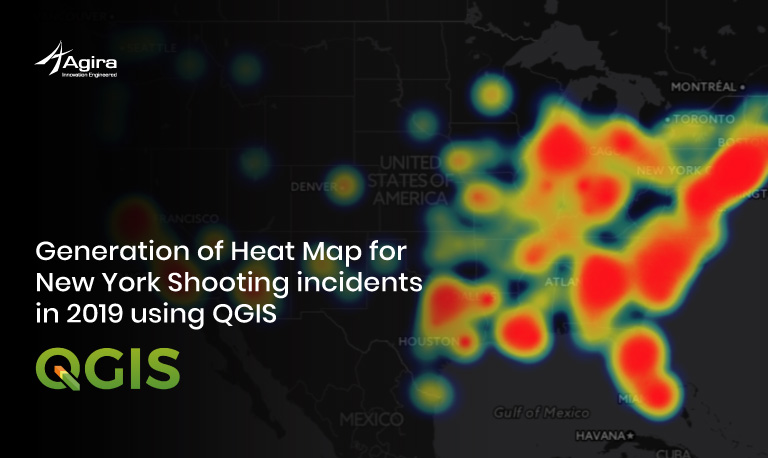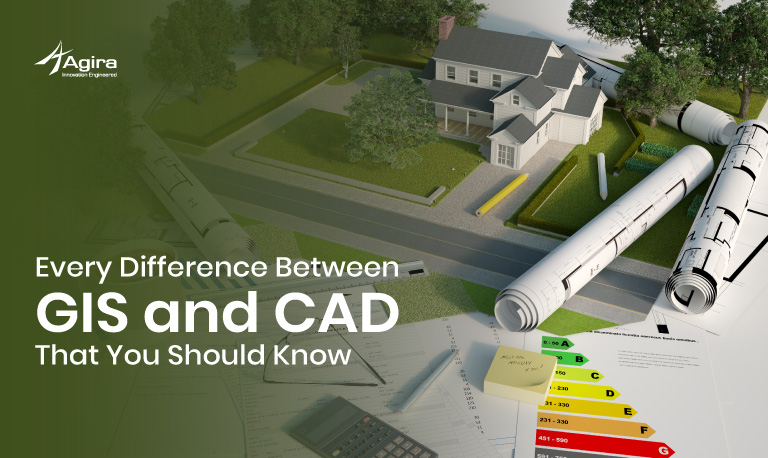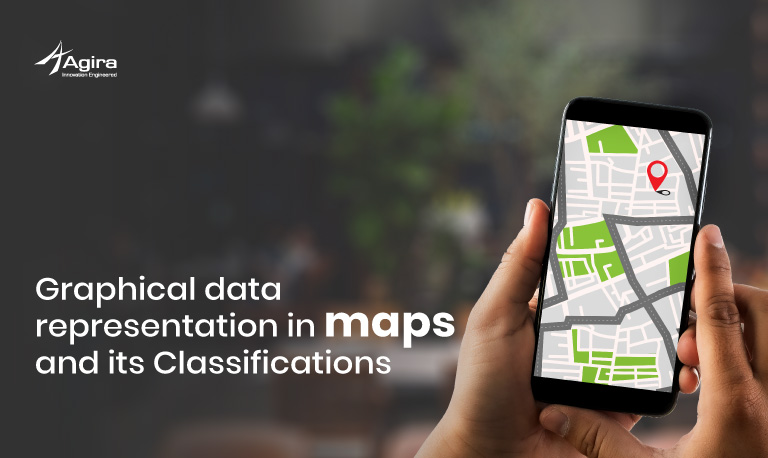Geospatial technology is a term relating to the collection or processing of data that is associated with geographic mapping & analysis of the Earth and human societies. Some of the widely used Geospatial technologies are GPS(Global Positioning System), GIS(Geographic Informations System) and Remote Sensing.
We’ve already arrived at the 4th industrial revolution where every day a new technology is invented. Technology is evolving faster than ever, every company and people around trying to keep up with the new trends cause it has become a vital part of decision making.
Be it our day to day activities Geospatial is everywhere. We have compiled the current Geospatial Technology trends that will be driving the future.
Let’s go to the top seven Geospatial technology trends of 2020.
1. Miniaturization of Sensors
Growth of technologies made chips smaller, the sensors have become more efficient and cost-effective. Smaller the size of the technology means it will be easily accessible and open to popularity.
Portable size satellites, the arrival of LiDAR make autonomous vehicles, mapping backpack and real-time data collected, earth observations gets easier when the size of sensors is small. Everyone loves to use small and application with interesting features. The more it is accessible, uses more data and real-time feedback gathered and it can be helpful for the users in many ways.
2. Geospatial AI
Normally artificial intelligence has the ability to think and learn. When Geospatial and AI are combined with GIS, it produces sharp analytics and solution-based approaches on geographic components, it is a whole different story.
GIS is a powerful technology with vast data sets and wide applications for AI. With the help of simple smartphone applications like Gmaps, Uber,etc., real-time feedback about the locations can be gathered with very fewer efforts. Traffic conditions in the peak hours, information about the alternate routes can be gathered with the details of the locations as well as traffic conditions.
For instance, a tech solution will predict how certain areas in a city confront the traffic jam and also gives instant solutions like alternate routes without traffic. You must have been using this technology lately and the trend is all about making the user experience better.
3. Self-Driving Vehicles
Geospatial technologies play an important role in the automotive sectors for navigation and locating the routes by mapping them. Huge automobile brands like BMW, Audi, Ford, and Renault have moved one step ahead by creating automotive self-driving cars with the collaboration of maps like Google, TomTom, and Here.
LiDAR also does a significant part in this process without LiDAR the advanced autonomous driving vehicles would have been impossible.
4. Smart Cities
Smart cities are being built with innovative technology that offers quality and integrated living experiences, such as more space without crowd congestion and integrated infrastructure for better standards. The smart cities are created with the help of data collected from different sensors which include pre-planned roads, utilities, water and waste disposal management and so on.
Geospatial technology is an ideal technology to build smart cities which is the future of urbanized for human habitation. Geospatial is used for collecting data and offers better solutions to build the framework for smart cities.
5. UAVs (Unmanned Aerial Vehicles)
UAVs are robots or unmanned aerial vehicles flown over a certain amount of land for gathering data with high accuracy sensors gathering data from farms for pest management and crop management, roads for traffic congestion and rerouting for congestions, mapping the high-density forests and rivers, and many more. Robots and drones do the survey which makes it more time and resource-efficient.
6. Geospatial AR apps
Augmented Reality, the concept of layering 3D virtual content in the real world. Nowadays every smartphone has AR-related applications. Most of the AR apps have geography dataset and GPS information to run on real-world locations. Pokemon GO, an augmented reality game most popular for the in-game avatar moves when real people move in real locations. For these kinds of apps most of the data gathered by geo-location-based data.
Geospatial AR is the flipside digital data collection in the future. The virtualization of real-world applications can be easily inverted as the world into more digitized.
7. LiDAR
Finally, this one can’t be missed. LiDAR refers to the term Light Detection and Ranging. It is everywhere now, applications of LiDAR are used now wide in the range from every corner of the world. LiDAR is a major support to geospatial technology as well as an industrial revolution.
LiDAR has outdated the conventional methods of map capturing by its new mapping backpacks. LiDAR is a huge support to autonomous vehicles which work as the eye of the autonomous vehicles.
LiDAR also plays a huge role in disaster management. They capture ground visualization data, which helps to identify the solutions to areas affected by sudden disasters. When it comes to accuracy LiDAR is an ideal choice. Numerous business verticals are now adopting LiDAR rapidly than any other component.
Conclusion
Technologies keep growing faster and revolutions in industries are moving forward to the future. Geospatial technologies are now in the hands of the common man and have become part of our lifestyle. These trends will rule out the coming future and it’s is better is to be prepared for upcoming.
RELATED POSTS
- Image Classification Techniques in Remote Sensing
- What is LiDAR Technology And How Does It Work?
- Forest Fire Detection Using Remote Sensing Techniques
- Top 10 Topographic Maps From Around the World
- Geographical Information System (GIS) in Urban Planning
Looking for more? Subscribe to weekly newsletters that can help your stay updated on Geographic Information Systems and Application developments.





